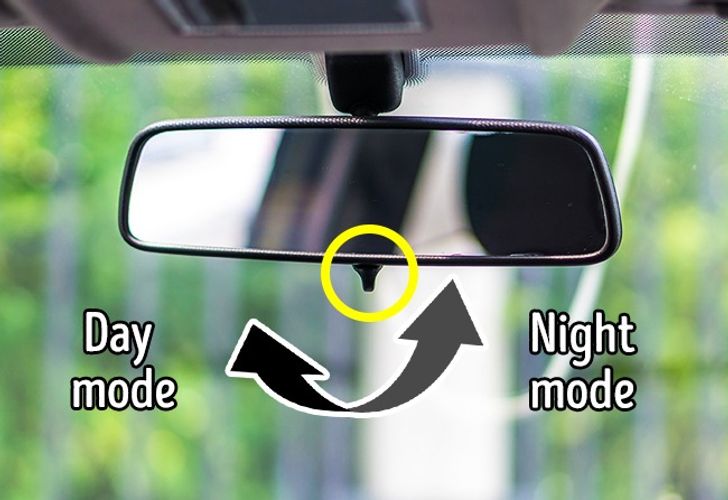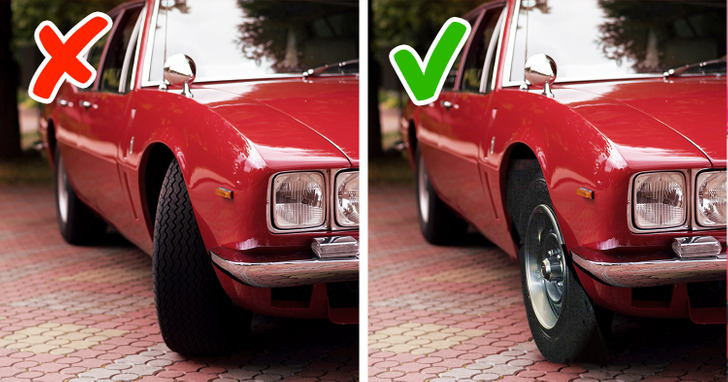Very thorough, nice article on driving school in Brampton
11 Tips for New Drivers That You Can’t Learn in Driving School
Even the most experienced drivers don’t always know all the subtleties or nuances that can make driving easier.
11. Check to see if all your mirrors are adjusted correctly.
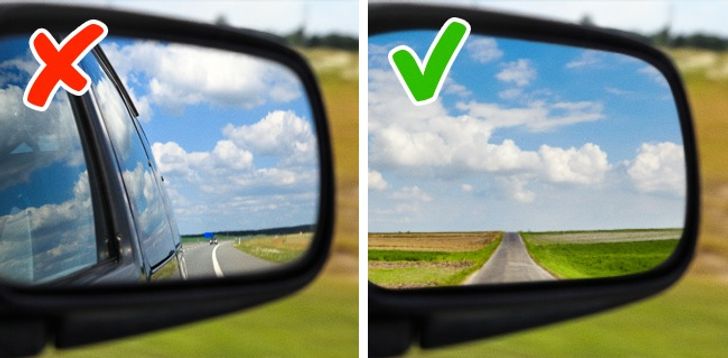
If your mirrors aren’t adjusted correctly, a blind spot appears. A blind spot is a part of the road that you can’t see, so you may miss a car traveling in an adjacent traffic lane. In order to eliminate blind spots, adjust your side-view mirrors so that you can’t see your car in them. To check if there is a blind spot, drive past another parked car in reverse, looking in your side-view mirror. As soon as it’s out of the picture, you should see it with your peripheral vision.
The rear-view mirror must be adjusted so that you can see the back window of your car entirely. When adjusting the mirrors, you should be in your normal driving position.
10. Learn to feel where the wheels are.
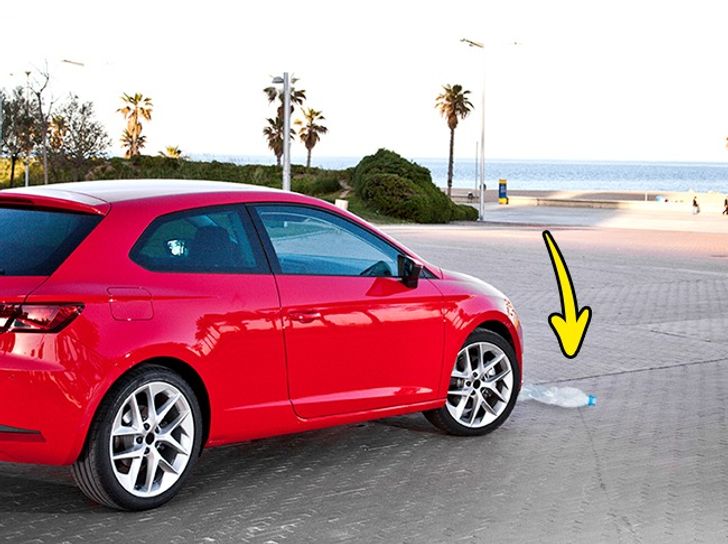
If you want to be able to avoid potholes on the road and not scratch your hubcaps when parking, you need to learn to feel where the wheels are. Take an empty plastic bottle, step on it with your foot, and put it on the road. Practice driving over it with your left and right front wheels in turn. Open the window to hear the bottle crunch.
9. Dry your brakes after driving through a puddle.
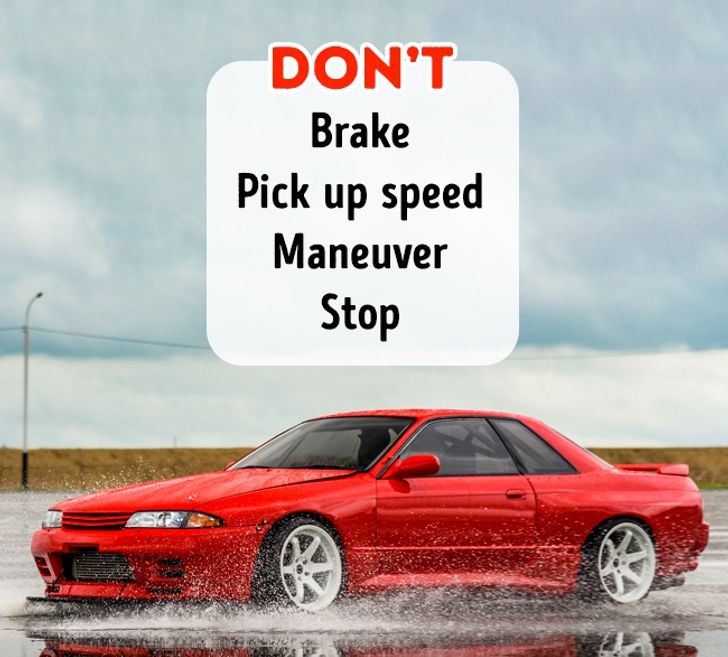
Before even the smallest of puddles, you’d better slow down and go through it smoothly without maneuvering or changing speed. If you drive quickly, there is a chance of water getting into the ignition system and making the engine stall. Besides, aquaplaning might start — that’s when a car loses traction, and you lose control of it.
After passing a big puddle, don’t cut your engine, and don’t change your speed. Dry the brakes first: pressing the gas pedal, press the brake pedal a few times. Friction causes heat, so water evaporates from the brake pads.
8. Watch out for the maneuvers of taller cars in front of you.
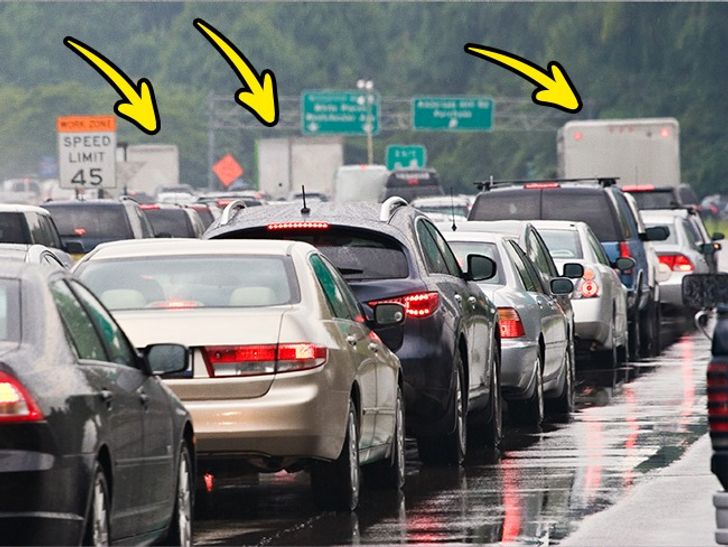
Watch out not only for the car right in front of you but also for those further down the road. Drivers of taller vehicles (truck and buses) see road situations much more clearly. If they start to change lanes all at once, it’s likely that they saw a car accident or a different kind of roadblock. Follow suit, and change lanes too.
7. If the car doesn’t start, turn the high beams on.
Sometimes in winter the car just won’t start on the first try. Before you give it a try, heat your car battery by turning the high beams on. The radio or the indicator can work too.
6. Lower your rear-view mirror at night.
Many drivers don’t know that a standard rear-view mirror has 2 modes: day mode and night mode. To avoid being blinded by a car behind you, change the angle of the mirror by pulling down the lever under it.
5. Turn on the air conditioner.
Even when you don’t use the air conditioner (for example, in winter), turn it on regularly for a short period of time. Otherwise, the coolant will seep out, and the tubes will be dry.
4. Use the hand brake regularly.
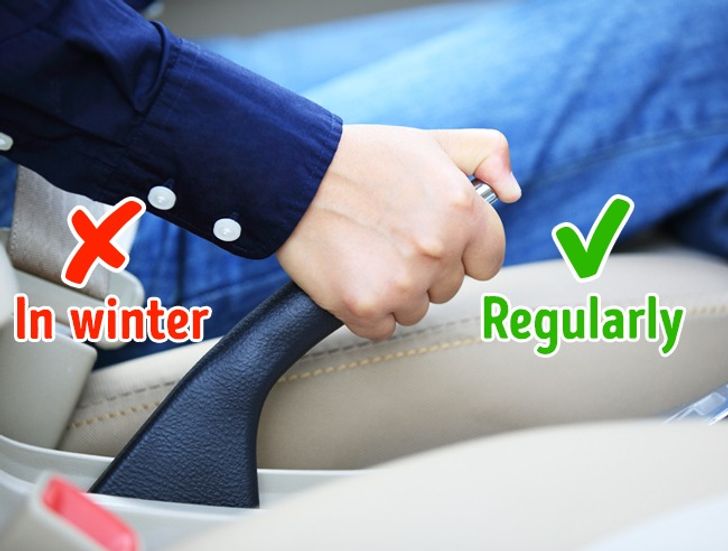
Even if you don’t do angle parking, use the hand brake regularly to keep it alive. The only exception is very cold weather. In such conditions, you’d better avoid using the hand brake so that the brake pads don’t freeze.
3. If a car in the neighboring lane is slowing down, follow suit.
If you see a car in the neighboring lane slowing down, you should do the same. It’s likely that the driver wants to let a pedestrian or an animal pass.
2. Don’t let the illusion of low speed deceive you.
On a straight road, the speed seems to be 2 times lower than it really is. If you don’t slow down before making a turn, the car may begin to skid.
1. Don’t turn the wheels beforehand when making a left turn.
It’s dangerous to turn the wheels in advance before making a left turn. They must be in the initial position. If a car hits you from the back, you might be thrown into the opposite lane where hitting other cars will be inevitable.
Comments
Very Good! Thanks for sharing this information. I also have tips for you to avoid accidents.
It's a great pleasure reading your post. It's full of information. But sitting Position also important, you should find the correct seating position. The right seating position is crucial, even experienced drivers don't position themselves correctly and thus lack comfort and control, which increases the probability of accidents. Ensure that you sit straight with your back and buttocks cupped in the seat fully and are at an angular position thus helping to prevent back injuries. The seat should be set in a position where you can see all around, very easily and comfortably.
Related Reads
17 People Who Rented a Place and Got Into Trouble

10 Weird Stories About Ex-Lovers That Prove Moving On Is the Best Decision You Can Make
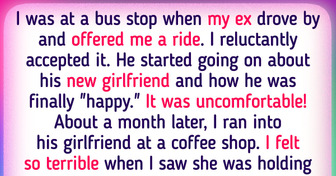
12 People Whose Jobs Ended in the Biggest Disasters
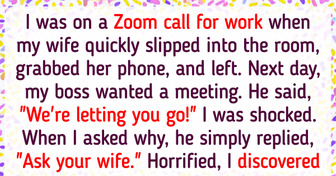
My Mom Is Dying and My Pregnant Wife Posed Me a Very Hard Question

19 Funny Things People Said After Anesthesia That Can Make You Laugh Harder Than Getting Tickled
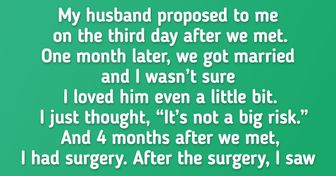
A Woman Tried to Steal My Seat on the Plane Using an Unsettling Tactic
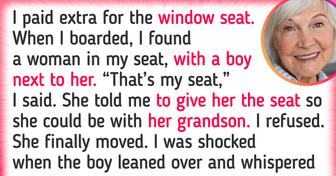
I Asked My Son’s Ex-Wife to Join Our Holiday Dinner — It Ended in Disaster

I Thought My Husband Was Cheating on Me, but It Turned Out to Be Much Worse

I Was Humiliated by My MIL, but Karma Had Other Plans

My MIL Hates Me, and Her Humiliating Comment Was the Last Straw

12 Men Caught in the Most Disturbing Love Traps

13 Thanksgiving Dramas That Were Juicier Than the Turkey

